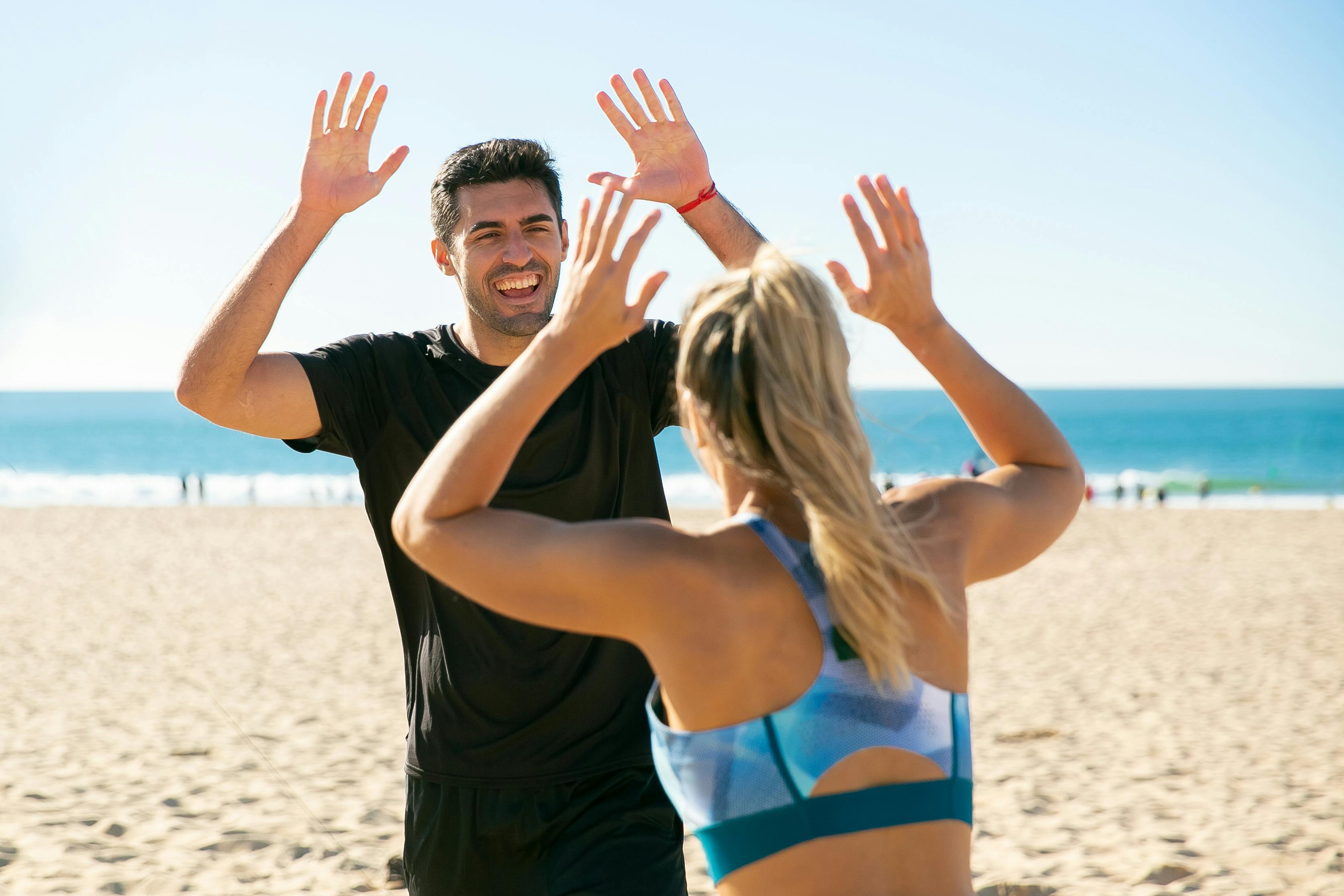exercises with kettlebells they have the potential to turn your training routine on its head. Fat loss, muscle building, and conditioning can occur simultaneously with improved balance and stretching ability. If it does not have exercises with kettlebells in your regimen, you are missing out.
Now, before we get into the bread and butter of the article, the exercises themselves, I think it’s important to explain what a kettlebell is.
The training tool of choice for Russia’s elite forces, the kettlebell has long been prevalent in Russian society. Shaped like a cannonball with a handle at the top, kettlebells allow for compound movements that work the body as a whole with a large number of muscles and muscle groups being worked in each workout.
When buying a kettlebell, it’s important to make sure you start with the correct weight. Too heavy and you could risk injury; too light and your training will suffer. Men who are new to the world of physical training should start at 16kg and more experienced athletes opt for a 20kg or even 24kg kettlebell. Female trainers should start with a weight of 8kg and more experienced athletes should lift 12kg or 16kg instead.
Unlike dumbbells, kettlebells don’t gradually build up in small jumps. This is offset by the variation in the exercises performed. As strength and conditioning increase, more difficult kettlebell exercises are implemented that push the body further and further.
The first exercise any aspiring kettlebell athlete (or girevek, as they are known in Russia) should learn is the two-handed swing. Despite its relative simplicity, the swing is an incredible exercise, targeting your back, legs, and abs while increasing flexibility in your hips and building cardiovascular endurance. The swing epitomizes everything that’s brilliant about kettlebell exercises.
To perform the two-handed kettlebell swing, you should start by placing your feet shoulder-width apart with your toes slightly turned out. The next step is to squat down and pick up the kettlebell gripping the handle with both hands while sticking your butt up in the air. Then stand up and swing the kettlebell in front of you, driving your hips forward at the top of the swing. Finally, let the kettlebell drop between your knees as you squat down. Rinse and repeat.
It is important to control your breath while swinging. As the kettlebell rises, the turner should gradually exhale with a sharp exhale at the top of the swing. The girevek should then inhale as the kettlebell falls and swings between his legs.
A simple workout that can be done with the two-handed swing is as follows:
– Warm up for ten minutes, doing a variety of bodyweight exercises. I recommend jogging for 30 seconds, then doing 30 seconds of push-ups, 30 seconds of squats, and then 30 seconds of sit-ups. Repeated five times at a moderate pace, the body should be warmed up and ready for action.
– Alternate between one minute intervals of swings and active rest for twelve minutes, that is, one minute of swings followed by one minute of jogging followed by another minute of swings followed by one minute of push-ups, and so on. Active recovery is not supposed to be very taxing on the body and therefore should be done at a moderate to low pace to keep the body active.
The next morning, after completing the workout, you will definitely feel it!
Once you’ve mastered the two-handed swing, you can move on to other swing variations, such as the one-handed swing and the DARC swing, where the kettlebell is released with one hand into the air and caught with the other.
Beyond the swing, there are hundreds of kettlebell exercises to experiment with. To get the most out of your training, I recommend you get the book Enter the Kettlebell! by Pavel Tsatsouline.
Good luck in your training!
